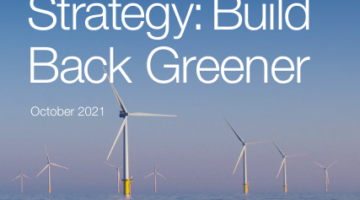
A life-cycle assessment, or LCA, is the name for a technique used by _ to give a rough idea of the environmental impact of a given project, process or service. It attempts to take into account the entire process, all the way from the gathering the raw materials involved, to how defunct materials are disposed of at the end of the project’s life.
What is the point of a life cycle assessment?
If you’re looking to calculate the environmental impact of a project, LCA provides two main advantages over traditional methods of trying to estimate sustainability. Firstly, it takes into account the entirety of the projects life-cycle, from start to finish (and beyond), as opposed to only holding materials and scenarios accountable for as long as the project uses them. For example, even though wood is considered a carbon-neutral energy source by conventional wisdom, by LCA standards it would be. This is because it would take into account the method of harvesting the wood (generally fossil-fuel powered heavy machinery), processing it, and transporting it.
An LCA will therefore help to show where in the life cycle of the project the greatest environmental impact is caused, and thus where work can be done to lower it. We can provide an impact number for the sandwich you had for lunch, but how does that help the manufacturer know how to change it? An LCA provides an entire journey, letting us pinpoint whether the most impact is coming from the harvesting methods of the tomatoes, the husbandry of the pork, the shipping of the lettuce, etc etc.
How is an LCA different to a carbon footprint?
You might be thinking that a life cycle assessment sounds a lot like you’re simply working out the carbon footprint of something, however this isn’t totally accurate. A carbon footprint does exactly what it says – it measures the carbon of something. An LCA takes more environmental impact categories into account, such as land use, water use, acidification and more.
What are the steps of a life cycle assessment?
There are 4 basic steps to a life cycle assessment.
- Goal and scope: This is basically the framework of what is going to be studied and how.
- Inventory analysis: This stage is about accounting for the
- Impact assessment
- Interpretation












No Comments yet! Be the first one.